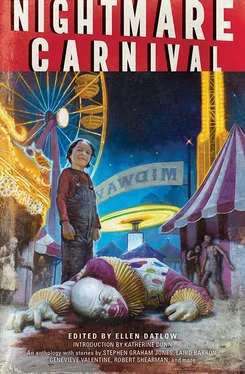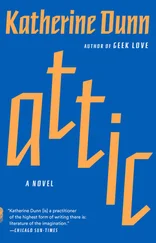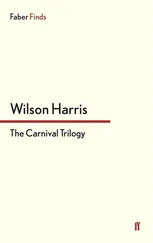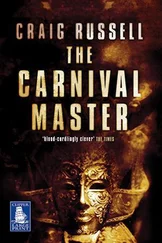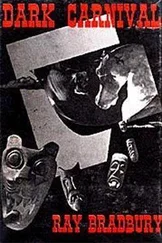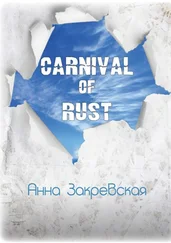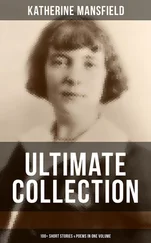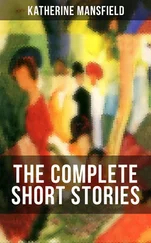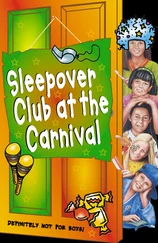I’ve only gone to carnivals as an adult. Carnivals usually held in fields or parking lots. With their games (win a goldfish!), their rides, their guess your weight or guess your age or tell you your fortune, their hit the bell and know you’re big and strong. The smell of popcorn, the cotton candy.
Some of you may be curious to know the difference between the carnival and the circus. Initially the two were very different: carnivals were held to honor a specific religious, historical, or cultural figure and provide entertainment, such as food stalls, rides, games, and mini shows; circuses were held in a ring or circular tent, and a crowd would gather to witness exhibitions by entertainers and trained animals.
But there’s always been overlap. Both circuses and carnivals had freak shows. And as shown by my limited experience, they’re places to see unusual things. To enjoy acrobatic skills, trained animals, clowns. And to eat junk food.
While carnivals and circuses are usually considered wondrous places for children, there’s always been a dark underside, expertly depicted in the past by such masters as Katherine Dunn ( Geek Love ), Ray Bradbury ( Dark Carnival ), William Lindsay Gresham ( Nightmare Alley ), and others.
In Nightmare Carnival this tradition continues with fifteen new tales about monstrous creatures lurking, or occasionally hiding in plain sight, of human jealousy and envy and their consequences. Chilling tales of mystery, tragedy, and death.
Come to the carnival and experience it all.
— Ellen Datlow, May 2014
SCAPEGOATS
by N. Lee Wood

In the two-window compartment of the sleeping car she and her husband, Max, occupied, “The Amazing Lobster Woman” Mae Wrightson awoke, sleep crumbling as the clacking of rails began to slow. She sat up in the narrow bed, Max still snoring beside her, and pushed the velvet curtains aside with her deformed hands to blink bleary eyed at mist seeping through dead grass, moonlit sky the color of bad milk. As the train curved around a bend, she could make out the engine puffing black smoke, the tips of elephant trunks squirming through the slats of the cattle cars, the rocking of parade wagons atop the flatbeds. All the windows in the sleeper cars were drawn, shutting out the world.
The Bishop had organized his advance banner men well, judging by the sheer number of posters pasted on every barn, water tower, and weatherboard hotel they passed for miles as the fifteen-carriage-long circus train rolled into Ashton. Last season on the big road hadn’t been as profitable as hoped, too many rival shows sucking up each other’s air. This year, the Bishop guarded his small road routes carefully to avoid tipping off competitors. Dukey runs made more money but the pace was exhausting. Mae was glad this weekend they’d at least have two nights of sleep without the clatter of rails beneath them.
Mae drew the patchwork quilt up over her knees and watched the progression of rainbow-bright lithographs roll past: lions and tigers jumped through fiery hoops, grease-painted dogs in organza skirts and sea lions balanced balls on their noses, bosomy girls with tiny corseted waists rode atop white horses. Alastair Kleininger’s clown whiteface flashed a joey-red-lipped grin from the side of a tumbledown hayshed. She felt a pang of sadness at a poster of the circus troupe’s most treasured asset, Madelaine the Elephant, elegantly decked out in her maharaja headgear, with Mischa LeTellier the Half-Boy in the howdah on her back. Mischa had died unexpectedly of apoplexy six months back, having never reached his twentieth birthday, poor boy. There hadn’t been time to modify the poster, or more likely the Bishop didn’t like wasting money on new posters until the old ones ran out.
No one else had ever had quite the same bond with Madelaine as Mischa. The two of them had practically grown up together ever since the Bishop had bought the Asian elephant as a wild orphan, her mother shot in the jungles of Ceylon, the calf shipped over on a steamer half starved to death by the time she arrived in Boston. Barely a teenager, Mischa had signed on with the circus shortly after, and fallen in love with the baby elephant at first sight. He regularly slept in the menagerie top, the elephant’s trunk cradling his legless torso like a child holds a doll for comfort. The bull man the Bishop had hired especially to break her when she was still a calf had appealed to the circus boss to split up Mischa and Madelaine, claiming the half man got in his way, undercut his authority, interfered with her training.
But Mischa and Madelaine had been inseparable even when the little elephant quickly grew into a very large one. Mischa, with no legs, could manage Madelaine better than the bull man with an ankus, using watermelon rinds to reward her when she sat on her back legs and raised her front legs, the buoyancy of a river to teach her to spin. The legless boy had loved riding Madelaine, so the Bishop commissioned a howdah especially built to fit Mischa, intentionally undersized to make Madelaine seem even bigger than she was. The gasps of surprise and fright (and if they were lucky the occasional fainting lady) when Madelaine knelt on her front legs and lifted him with her trunk out of the howdah to the ground used to delight him. Even Madelaine looked as if she, too, enjoyed the applause, the tip of her trunk raised to her bulbous forehead in salute pulling her lips up into an open-mouthed grin. They were happy, they were making the circus money, and the Bishop was content to leave them be.
Madelaine had been the Bishop’s first, and for a time only , exotic animal, soon parlaying his dog-and-pony show into a modestly successful traveling circus, The World-Famous Bishop Brothers Traveling Carnival . If there ever had been a brother, Mae never saw him, and all those who knew the circus master simply called him the Bishop, no one sure what his real name might be. Not that many circus folks ever used real names anyway.
The Bishop grew his circus methodically, attracting enough talent like Eric and Lavinia Malcome, the fire-eater and sword-swallower act, and professional sideshow freaks like Mae and Max until he could finally get rid of the Chinaman. The Bishop had brought the opium addict back with him after the Boxer Rebellion, employing him as a circus geek who bit the heads off live chickens and rats and swallowed them to the shrieks of titillated spectators. The chickens ended up in the kitchen pots, the dead rats tossed out with the night soil.
The Bishop bought out two smaller circuses, bringing in Billy North and his Marvelous Menagerie: camels and llamas, a pair of black bears, three lions and a tigress, two wallabies that had quickly multiplied into ten, a troupe of chimpanzees that worked with the clowns, and sixteen zebras harness-trained to pull the gilded animal wagons along with his miniature ring stock ponies. The dogs, farm animals, and exotic birds Kleininger used in his clown act had their own cages, but their pet rhesus monkey lived in the animal trainer’s car with Billy and his wife.
Billy’s wife, Theresa, a hatchet-faced woman from New Jersey who Mae had never seen smile, billed herself as “The Incredible Jasaleena, Hindoo Serpent Charmer from Bombay,” and kept her trio of immense pythons in a heated cabinet in their sleeper. As well as breeding small lizards for the strolling butchers — concession salesmen who peddled them as circus “bugs” on the midway to small children as pets — she jealously maintained her own flea circus. She crafted elaborate harnesses from hair-thin gold wire to shackle the insects to miniature Ferris wheels and crafted flea horses pulling tiny coaches with flea Cinderellas waving from inside. Fleas in tutus were forced to “dance” to diminutive orchestras by hidden candles heating the bottom of the exhibit until they thrashed about in a frenzy, giving credulous mooches the notion the insects had been trained to play instruments or pull carts. But such treatment took a toll on the performers; replacing the dead fleas with live ones was a routine chore. She dressed the dead fleas up as wedding couples, which Billy sold alongside the souvenir photos of a near-naked Theresa with her snakes draped strategically to maintain her modesty.
Читать дальше
